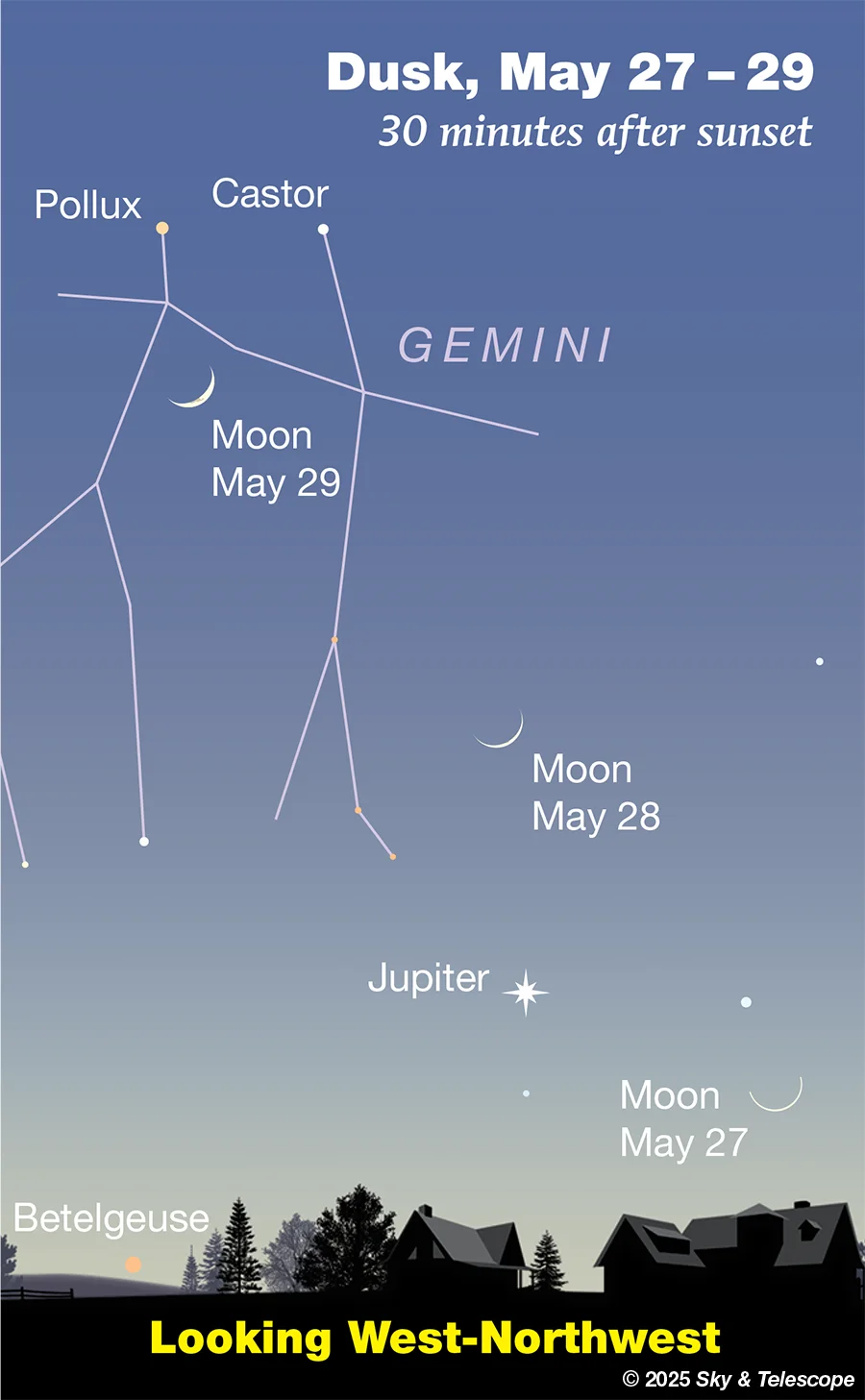
Stargazing Guide: See a ‘Planet Parade,’ Upside-Down Bear, and More This Week
Get ready for a celestial treat! Late May offers stargazers prime opportunities to witness stunning astronomical phenomena. With dark skies gracing the Northern Hemisphere, now is the perfect time to gaze up and explore the wonders of the night sky. From spotting constellations like the Big Dipper and Leo to witnessing a miniature 'planet parade,' here's your guide to making the most of May's best stargazing week.
Dark Skies, Spectacular Sights. The absence of moonlight creates optimal viewing conditions for observing fainter celestial objects. The period from May 20 to May 30 is particularly promising, offering the darkest skies for stargazing adventures. Are you ready to discover what's above?

Navigating the Night Sky: Key Constellations
1. Ursa Major: The Upside-Down Bear
Easily recognizable, the Big Dipper asterism forms part of the larger Ursa Major constellation, also known as the Great Bear. May is an excellent time to trace its stars since it appears almost directly overhead in the early evening. Observe the bear's three visible paws marked by double stars.

2. Leo: The Lion
Look south to spot the backward question mark that outlines Leo's head and forequarters. The bright star Regulus marks the dot in this question mark (the “sickle”).

3. A 'Planet Parade'
Early risers, take notes! On May 23, 45 minutes before sunrise, catch a crescent moon near Venus and Saturn in the eastern sky.

4. Boötes: The Herdsman
Follow the arc of the Big Dipper's handle to Arcturus, Boötes' brightest star. The constellation's nine stars form a kite-like shape, with a prominent “Y” or champagne flute formation.

5. The Hercules Cluster (M13)
Hidden in the Milky Way's halo, globular clusters like M13 are ancient star groups. A pair of binoculars or a telescope will give you a glimpse of this fuzzy patch containing over 100,000 stars.

Mars Shifts into Leo
Additionally, keep an eye on Mars as it transitions from Cancer into Leo, visible after sunset and setting around 1 A.M. local time. Though it's slowly fading, it still provides a ruddy spectacle.
Maximize Your Stargazing. The week offers numerous opportunities for deep-sky observing. The Lagoon Nebula (M8) in Sagittarius is best viewed around 3 A.M., showcasing its stunning emission nebula and star-forming region. For binocular observers, Upgren 1, a small grouping of stars in Canes Venatici, presents a worthy target.
Weekly Highlights: From May 23 to June 1, keep an eye out for the Moon passing Jupiter and Gemini. Also, don't miss the chance to observe Titan casting its shadow on Saturn, an event that will be visible in western North America in the early morning of May 31. Venus continues to shine brilliantly at dawn, while Mars gradually approaches Regulus. These are some of the captivating astronomical events to look forward to this week, promising breathtaking views and a deeper connection to the cosmos.
Whether you're a seasoned astronomer or a curious beginner, late May's night sky promises a breathtaking spectacle. What celestial sights are you most eager to witness? Share your stargazing plans and observations in the comments below!